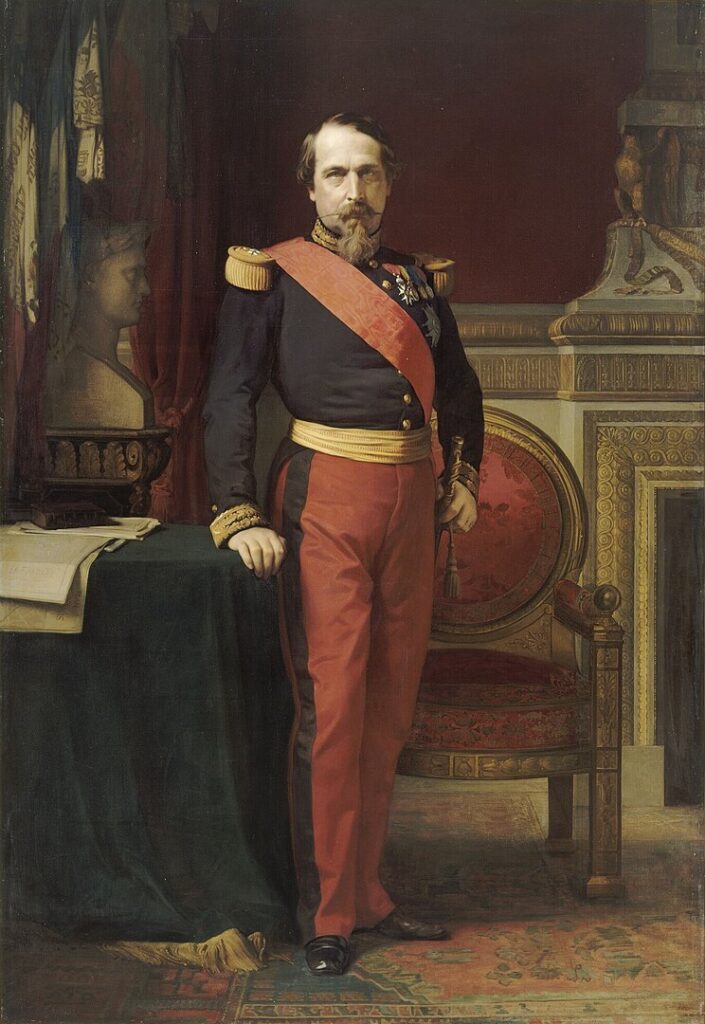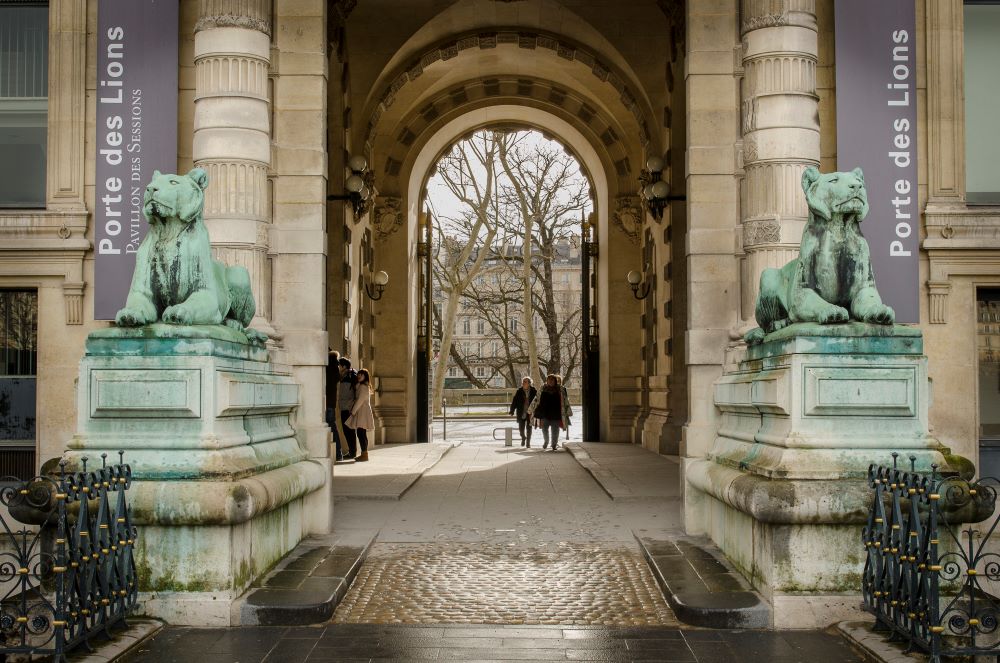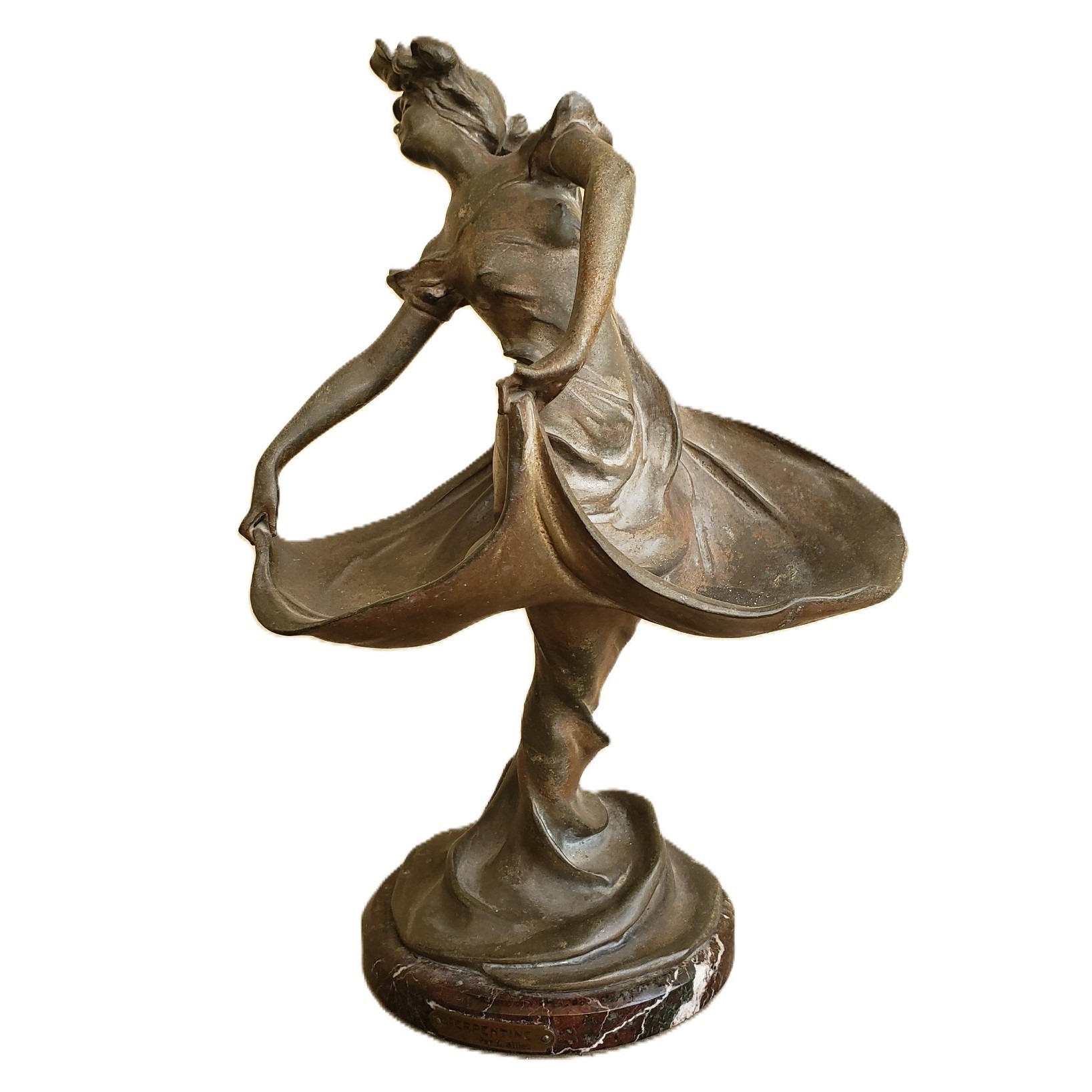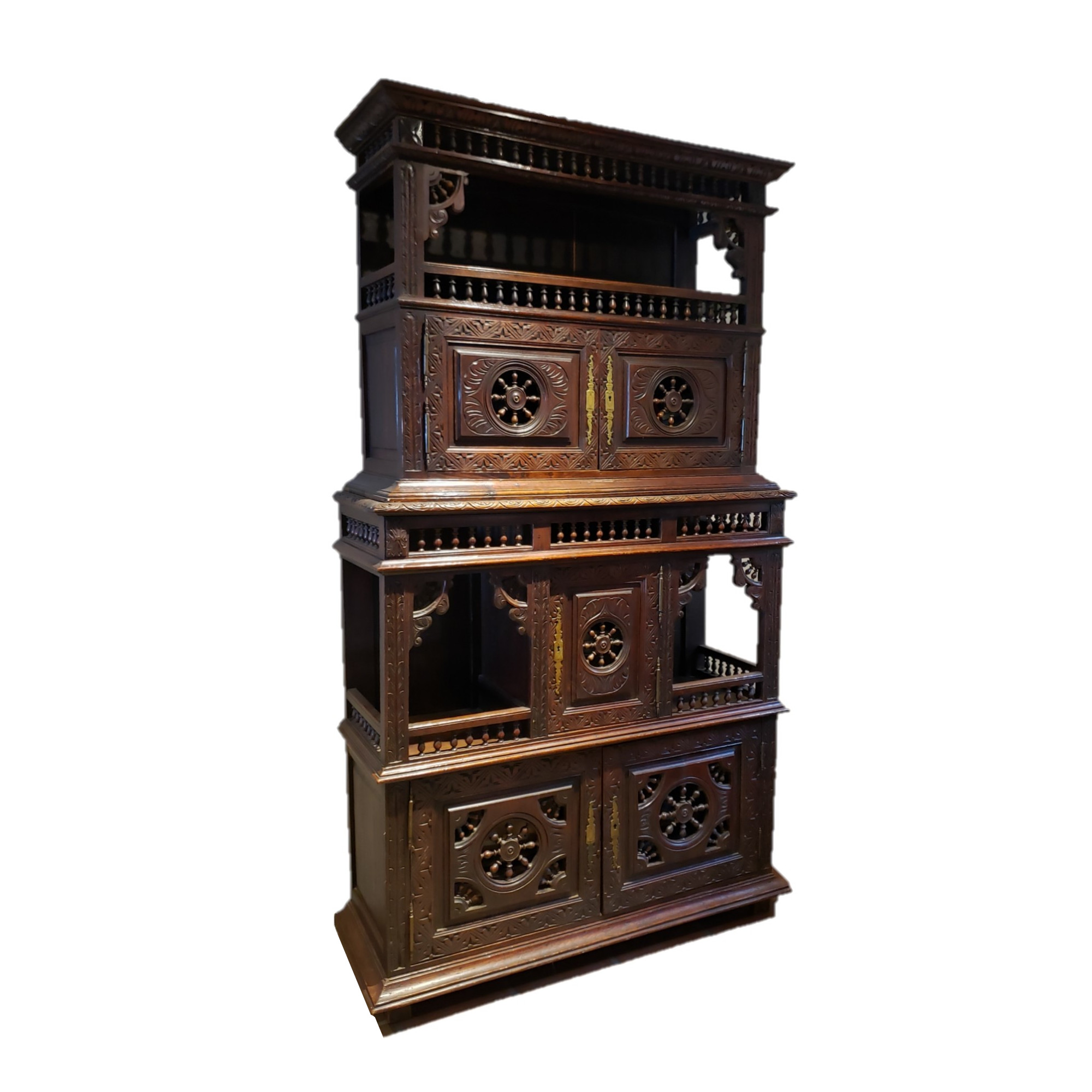Ever wondered why the antique furniture at Versailles looks so regal and luxurious? It might be because it's a relic from the opulent era of Napoleon III. But before we dive into the details of this stunning style, let's uncover the fascinating story behind its name.
Born Charles-Louis Napoléon Bonaparte, Napoleon III was the son of Louis Bonaparte, Napoleon Bonaparte's younger brother. He was a charismatic and ambitious figure, who ascended to the French throne in 1848. His reign, lasting until 1870 and known as the Second Empire, was marked by a revival of French grandeur and a desire to emulate the opulence of the First Empire under his uncle Napoleon I. This historical context provided the inspiration for the unique aesthetic that would become synonymous with his name.
So, what exactly defines the Napoleon III style? Picture intricate carvings, gilded accents, and a blend of historical references. This style is a harmonious fusion of elements from various historical periods, including the Renaissance, Baroque, and Rococo. The result is a rich and visually captivating aesthetic that exudes elegance and sophistication.
The Napoleon III Style: A Guide to Distinction
How can you spot a Napoleon III piece in a sea of antiques? Keep an eye out for these key features:
- Symmetrical design: Napoleon III furniture often features symmetrical layouts and balanced proportions.
- Ornate carvings: Intricate carvings, often inspired by mythological figures or historical scenes, are a hallmark of this style.
- Gilded accents: Gold leaf or gilding is frequently used to add a touch of luxury and opulence.
- Rich fabrics: Velvet, silk, and brocade are commonly used for upholstery and drapery.
- Historical references: Motifs from ancient Greece, Rome, and other historical periods are often incorporated into the design.
- Architectural Eclecticism: Look for blending of architectural styles and elements in a way to create new elegance from old inspiration.
- Material Mingling: The Second Empire embraced material diversity. Polychromy reigned supreme, as did colored marble, malachite, onyx, and mosaics adorned interiors. Wood panels, encrusted with exotic woods or darkened to ebony, also adorned the opulent halls.
Spreading the Wings of the Empire
The Second Empire style wasn't confined to France. Its influence spread throughout Europe and even to parts of North America. From grand palaces to elegant townhouses, this style left its mark on architecture and interior design.
To see this style in action one has to only check out these iconic examples:
- The Palace of Versailles: This magnificent palace, a symbol of French monarchy, showcases the Napoleon III style in its grand halls and opulent decor.
- The Hôtel de Ville in Paris: This stunning city hall is another prime example of Napoleon III architecture, featuring ornate facades and lavish interiors.
- The Opéra Garnier: A symphony of French Renaissance arches, Palladian symmetry, and Baroque flourishes. The façade alone employed seventeen different materials—marbles, stones, and bronze. Charles Garnier, the mastermind behind this architectural marvel, blended disparate elements into a harmonious whole. Iron frameworks and glass skylights defied convention, bathing the grand salon in celestial light. A testament to Napoleon III’s vision, it remains a beacon of artistic audacity.
- Les Halles: Iron and glass pavilions, designed by Victor Baltard, housed bustling markets. Here, the Second Empire’s heartbeat pulsed through every pane.
- Gare du Nord: Designed by Jacques Ignace Hittorff, this station in the City of Lights echoes the Napoleon III style. Its iron-framed structure and polychromatic interiors celebrate the era’s audacity.
- Church of St. Augistine: Also the work of Victor Baltard. Their iron-framed structures, exotic woods, colored marble, and intricate detailing stood as testament to this era.
- Lions Gate of the Louvre Palace: Few realize that this Louvre’s hidden gem is a 19th-century addition. Hector Lefuel’s Louis-Napoléon version of French Renaissance architecture seamlessly blends past and present.
- Institut National d’Histoire de l’Art: Henri Labrouste’s reading room, bathed in light, celebrated the era’s intellectual fervor.
- The Metropolitan Museum of Art in New York: The museum's collection includes numerous pieces of Napoleon III furniture, providing a glimpse into the opulence of the era.
- Chapultepec Castle: This historic castle in Mexico City, built in the 18th century, was remodeled in the Napoleon III style during the Second Mexican Empire (1864-1867).
A Historical and Artistic Legacy
As the sun dips below the Parisian skyline, Napoleon III’s legacy cast a shadow that would shape an era. Imagine a world where French Renaissance, Palladian grandeur, and Baroque opulence collide—where iron and glass dance in harmonious rebellion. Welcome to the Second Empire, where history and architecture write innumerable tales of the golden age of french culture.
The Napoleon III style is more than just a pretty facade. It reflects the historical, cultural, and artistic trends of its time. Its enduring appeal lies in its ability to evoke a sense of grandeur, luxury, and timeless elegance. It reminds us that innovation thrives at the intersection of tradition and audacity. So, the next time you find yourself admiring an antique piece, take a closer look. It might just be a hidden gem from the captivating era of Napoleon III.









